The Entotem Plato is an all in one audio video player that will rip and tag not only your CDs but also your vinyl collection. Ian Ringstead takes a listen.
This review has been harder to write than any of the others I have done for Hifi Pig because the product involved is essentially a high quality computer based audio visual unit. This is not a criticism of it at all; it’s just that when I was in retail AV equipment took over from hifi stereo equipment in the mid to late nineties as the thing to have and traditional hifi took a back seat to some extent. It was also the time that the internet started to become popular, especially the early noughties.
Computers are now a way of life, as is the internet, and where would we be without them or our smart phones now. I use mine constantly… but as a source for hifi? Well let me introduce you to Plato, a brand new product only debuted last February at the Bristol show, but one that has been making waves since its launch. As a vinyl nut through and through I was asked to particularly look at a unique feature of Plato’s capabilities – its ability to record analogue sources and archive them. I’ll cover this later but let’s first look at the company behind this unit. 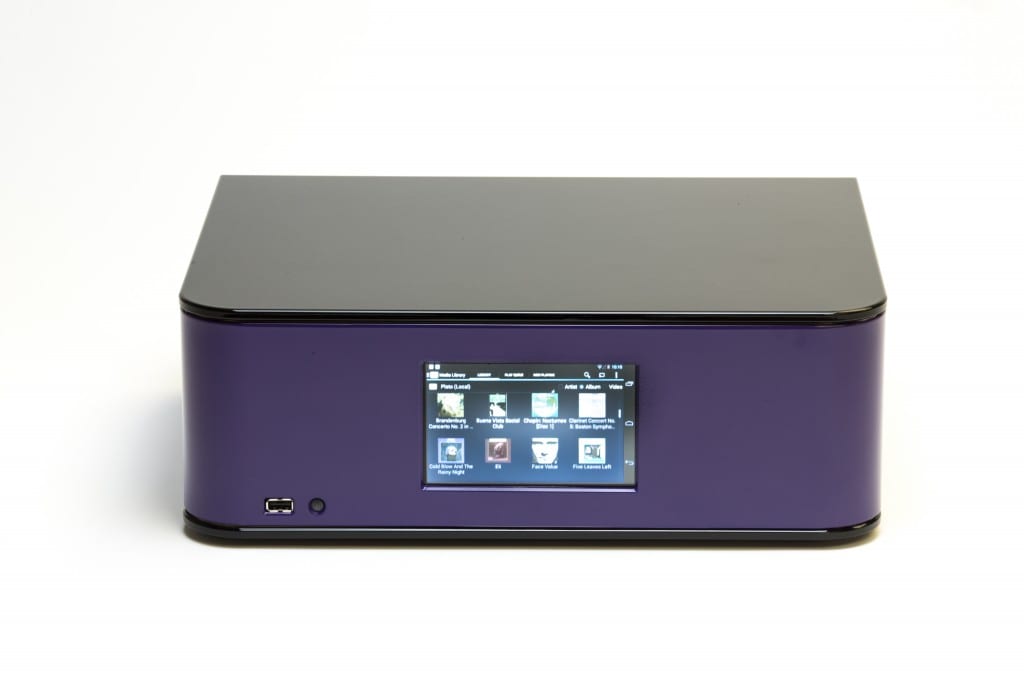
Entotem Ltd are a high technology company founded in 2013 by four music loving entrepreneurs who had the vision and passion to develop and design a multimedia home entertainment system, which integrated both high definition video and high resolution audio amplification. The company’s vision was a system that combined the ability to convert, play and record analogue music with a high resolution audio, video and internet streaming service supported by an android operating system.
The system connects to your existing hifi units such as your turntable, cassette deck (remember those) and CD player, as well as DVD, Blu ray player, VCR and TV sets. Plato will automatically record from legacy analogue devices and then replays at the highest quality, allowing you to store all your vinyl, CD’s, video and DVD collections in one place. Plato can store DVD/film formats (converted on a computer first and then transferred to Plato via USB) which can then be played either through a TV using direct HDMI connection between the TV and Plato, or streamed to a tablet or smart TV using your home wi-fi network. 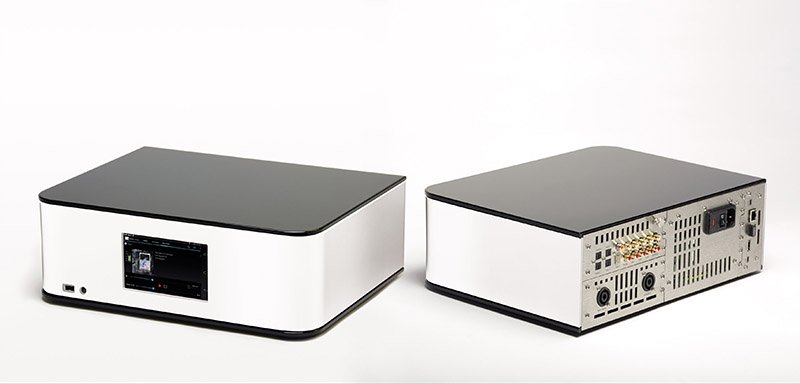
The built in Android platform allows new developments and upgrades to be pushed to the user so their investment is safeguarded and essentially future proofed. The Android system is soon to be followed by an Apple iOS version by the end of the year meaning there is no need for a separate remote with a companion Android app through touchscreen allowing for control by the user as to what is being played and in which room.
The Entotem Plato can be easily integrated with other DLNA (Digital Living Network Alliance) systems and this is something I did to good advantage. It means you don’t have to have cables trailing all over, using your houses mains wiring to transfer the signals quickly and reliably without any drop outs. You can play different music in different rooms through a system like Sonos. Streaming over the internet is possible listening to the thousands of radio stations out there on the www. Spotify and other music sources can be accessed as well as You Tube music videos and they can be viewed through your TV, tablet or mobile.
A very useful feature is Gracenote which is used to provide easy recognition of your music and track/album artwork which is displayed on the front screen either when a track is playing or during a search. You can build your library of recorded material from analogue or digital sources onto the ample 2TB built-in hard drive.
CONSTRUCTION
The unit is very neat being only 370mm wide by 300mm deep by 130mm high. It is substantially built from high quality aluminium and weighs 14Kg… so it isn’t a lightweight. Controls are few on the front panel with just a discrete power switch, USB socket and the touchscreen. The front corners are curved and make for a very smart appearance which my wife approved of. Designed very much like a desk top computer, Plato has a series of modules that can be slotted into the back of the unit onto the chassis for easy servicing and upgrades. Power output is 45watts RMS per channel into 8 ohms (stereo) but sounds louder than that, and can drive a variety of different speakers no problem. Entotem spent a lot of time and money developing the amplifier and wanted it to be audiophile quality, not just another AV amp. 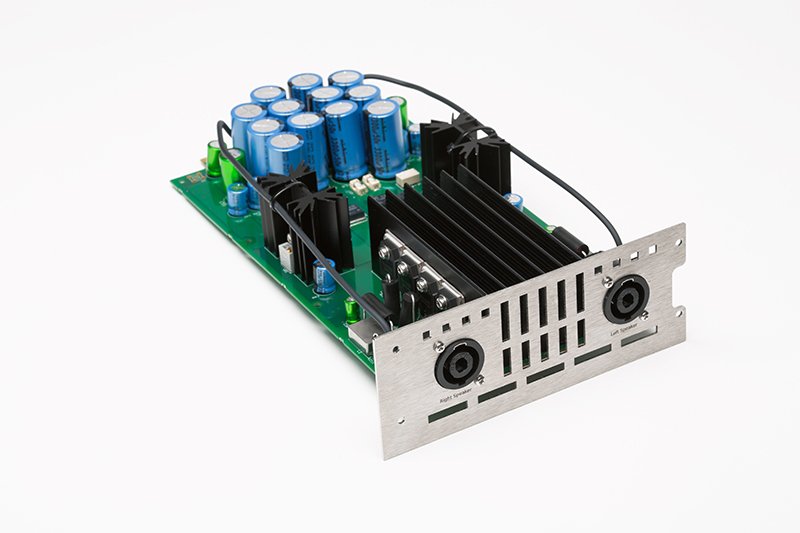
There is a dedicated phono input for your turntable which caters for both mm and mc cartridges and has variable settings for output level, impedance and capacitance and a rumble filter. The designers are passionate about their audio and particularly like vinyl so this is well covered by a very good and versatile design. The settings can be changed on the fly as you use the unit so instant comparisons and adjustments can be made. The Plato also has three other line inputs on RCA sockets which can all be individually assigned a name etc, and four digital inputs, one coax and three optical. There are two optical outputs. On the front panel is a USB socket for importing or exporting files onto or off Plato. Speaker connection is by two Neutrik speakon output sockets which are a pro industry standard for safety and reliability (also they fit more easily on the compact rear panel). I reckon they decided these were a safer option than the usual 4mm binding posts or sockets associated with hifi kit and fair enough as I had no problem with them. Entotem will provide the relevant connectors if requested, or I am sure your dealer would oblige. For standard cables this shouldn’t be a problem, but if you have expensive cables and connectors an adapter lead may have to be made as Neutrik don’t do a high-end plug for hifi use. (Maybe someone might manufacture one?) 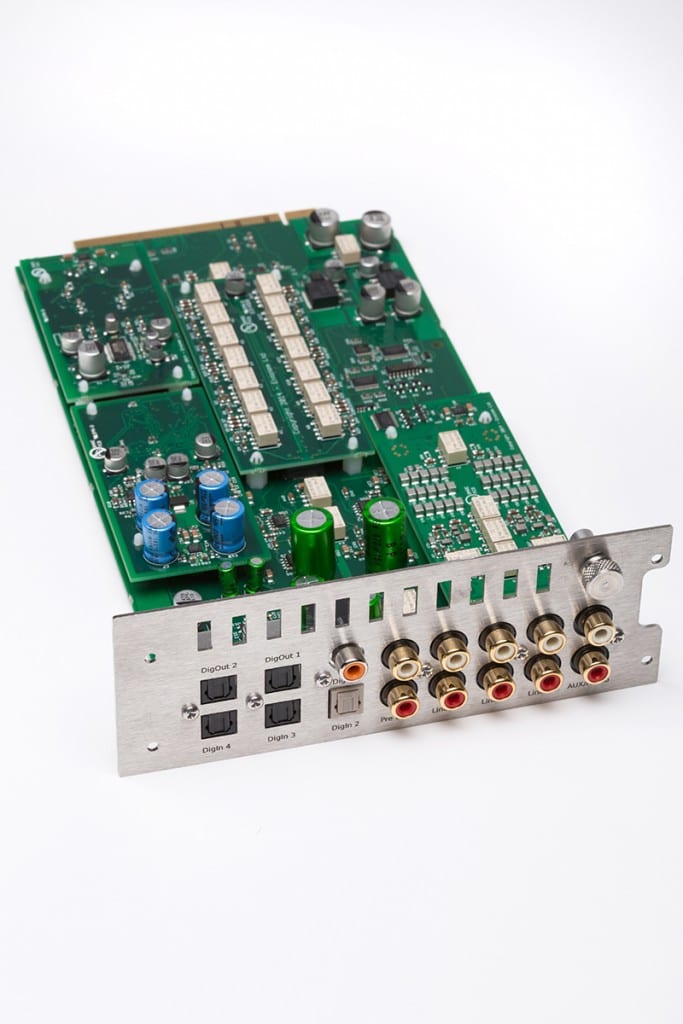
IN USE
I particularly concentrated on the vinyl facility of Plato as it is my love and was pleasantly surprised how good it was. I played several albums to get a feel for the sound and let the system settle in and warm up. As soon as you put a record on the Gracenote software quickly identifies the album and each track, displaying the artwork and details on the Plato screen and your tablet. The sound was crisp, detailed and open, being very good for an AV unit which isn’t always the case, even on more expensive and well known brands I have used in the past.
The versatility is exceptional for a unit of this type. When archiving your records it is very simple to operate – Select your record, play a few seconds of it through the system to check your record levels and make sure these aren’t too high (otherwise distortion will ruin the recording) by altering the settings on Plato via your tablet or the front screen, press the record symbol after re-cueing the record and away you go. The record levels are then displayed for you to monitor the signal and can be monitored by the monitor switch to compare the original with the recorded. Meantime the Plato will recognise every track individually and separate them as on the record. A unique feature I feel, and one to be proud of as I don’t know of another unit currently that does this. I tried years ago archiving my vinyl onto my computer but gave up as the software available then was flaky and it didn’t separate tracks out without a lot of editing and patience. It also meant a lot more wiring and messing about.
I recorded several albums and when finished allowed the software to seamlessly write these to the hard drive and add to the media library. It was then a simple matter of selecting which album or track I wished to play and enjoy. If you make a mistake during recording or change your mind, deleting the recording is child’s play. The recordings were very good and pretty faithful to the original. It would be churlish to criticise the quality given the simplicity of operation and standard of playback. For someone serious about archiving their records or other analogue sources it is superb.
Now, recording is done on the fly and in real time so there are no shortcuts in the time taken. This means you have to listen to your records etc. whilst archiving them or go away and do something else in the meantime. Some might ask why we have to wait so long as it is a tedious process? Well the simple answer is why would you record it in the first place if you didn’t like it…and with a vinyl record I don’t see another option! The same goes for recording your CDs. There is no high speed ripping capability as on a PC with a disc drive, as the designers felt quality was paramount and anyway there wasn’t room to fit an optical drive into Plato and quality would have been an issue again of drive type etc.
CD recordings again were faithful to the original and Gracenote was excellent in tagging everything accurately. The other facilities such as streaming internet radio were pretty much as I expected. I used to have a Squeezebox and hoped that would pique my interest in radio and widen my music choice, but sadly the bit-rate quality was so variable and usually very poor, that I gave up on it. This is not a criticism of the Plato, it streams very well, it just internet radio doesn’t float my boat. Even analogue radio on vhf bores me and I mainly listen to it in the car to catch up on news or new releases of popular music. My friend calls me a heathen for this but then he loves radio and wants to be a radio ham! 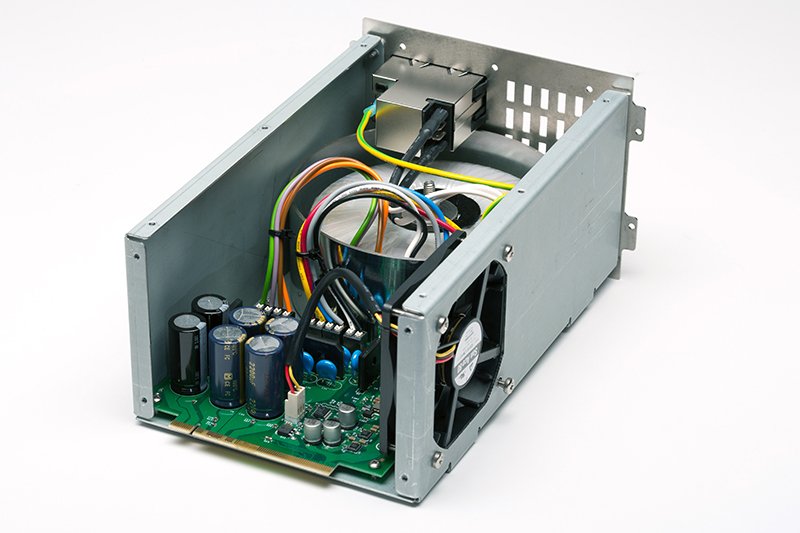
CONCLUSION
The facility to be able to stream music around your home or video is very useful and a lot cheaper than many systems out there now. The cost of a Plato is £3600, so not cheap, but when you compare what it can do against the opposition (and so simply and without needing to be a computer geek) I can highly recommend it. The unit I was loaned came in piano black finish and very smart it was too. Other finishes are available and if you want a particular colour Entotem will happily oblige from a vast colour palette of automotive quality finishes, albeit at a premium additional cost.
The only caveat I will say is that if you use a tablet to control the Plato, then use a decent brand, cheaper brands will work, but my experience is that they won’t be as reliable. As soon as Entotem release their iOS application, I can see a lot of iPads and iPhones being used to control Plato.
Finally, the Plato is British designed and made here in Derby at their factory. Research is done down in Newbury, where the boffins hang out, and they are very helpful if you ring them up with queries. Once again a British company flying the flag, showcasing our design flair and manufacturing capability. The UK is still a world class producer of superb designs and they don’t have to be all made in China.
Sound Quality – 8.6/10
Value for money – 8.5/10
Overall – 8.63/10
Pros:
Simple to use and effective ripping software
A one box entertainment solution for audio and video
Good sound for a unit of this kind
Great connectivity
Cons:
Realtime ripping of CDs
Speakon outputs may be an issue for some using high-end cables
Ian Ringstead
Designer’s Comments
The original design brief for Plato came from the three core design team individuals, who also founded Entotem. They each spent many years (and many £££) buying various HiFi components, most of which we were very happy with; but wanted something which would integrate our current media collections with emerging technologies, provide a great sound, and package it into a small easy to use form factor which our wives and families were happy to live with as well. Since we were a startup company, developing our first product, we had the very rare benefit of starting with a true blank sheet of paper with no legacy designs or IP to re-use. So we embarked on a ground up design process which resulted in Plato.
Straight away it was clear we needed a modular approach to the system. This would provide flexibility in the final product spec, good re-use opportunities later, and allow for key component upgrades without having to re-engineer everything.
For the audio design Andrew, our Technical Director and analogue guru took a similar ground up approach. The in-house discrete A/B design of the power amplifier meant we were able to squeeze the module into its small footprint, and choose the specific characteristics of the sound we were looking for: clean and accurate, without any signs of edginess or harshness. The wide, flat frequency response, coupled with low distortion products and a high damping factor combined to make an accurate, fast amplifier.
The pre-amplifier was a more difficult challenge. Extremely low noise op-amps provide switchable gain and phono equalisation, and volume control is via a switched resistor network. All switching is done via relays to allow us to control the unit remotely, while providing the greatest flexibility. The high gain MM/MC phono stage presented particular challenge with noise injection. Any noise coupled into the phono stage is catastrophic due to the higher gain (lower SNR floor), so additional effort was required in the chassis design to ensure stray magnetic and electric fields were contained in the power supply. The pre-amplifier also houses DAC and ADC for digital playback, and analogue recording functions.
Power is supplied by a large fully linear power supply. The power supply has a huge impact on the quality of the sound, it has to deliver large (unlimited) amounts of ‘instantaneous’ current, without generating stray fields or other sources of noise. A switch-mode design was discounted early on, even for the digital parts of the product, as this inevitably generates an additional noise source which will require elaborate techniques to keep under control. The toroidal transformer is wound to our spec and delivers separate taps for analogue and digital power.
The digital module integrates all digital operations including network, HDMI outputs, USB ports, disk drive and microprocessor. The integrated disk drive is a standard 2.5” SATA drive, so larger capacity drives will be incorporated as they become available. The fact the drive is integrated is essential to our original concept of a single box solution, and the full gasket chassis ensures acoustic noise is kept as low as possible. The 4-core ARM based processor provides plenty of horsepower, in a low power package which is essentially designed for the low power mobile market.
Choice of software platform was also a key decision for Plato. It was very important to provide a platform which would be flexible and powerful enough to keep up with emerging technologies. Android was an obvious choice. The open nature of the architecture, and the strength and depth of our in house software skills, meant we were able to add significant under the hood customisation to accommodate high quality audio playback; and the comprehensive feature support meant we could leverage a whole host of additional features and functions to support a comprehensive product like Plato. However, the biggest advantage of selecting Android as the core system platform is its user interface. Mobile devices have revolutionised the way we interact with technology. They have stripped away the geeky computer controls, or complex button-swamped remote controls, and essentially hidden the complexities of modern technology from the user. The design brief for Plato was simple: if you have to read the manual, we have something wrong. To be honest, Plato does so much I am not sure we have achieved this in full, however, I have seen true technophobes pick up our control app and start playing music almost immediately, so we cannot be far off the brief!
David Belcher (Development Director)

















































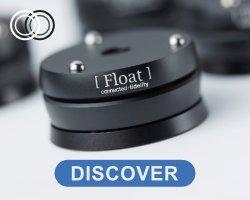



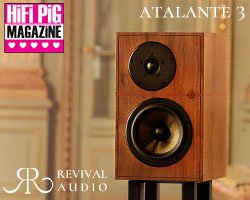



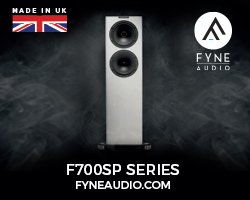
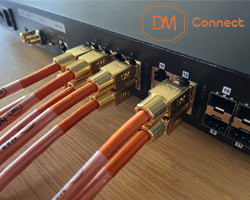
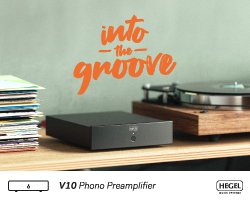
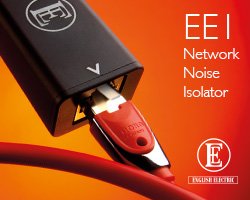
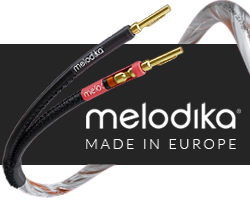






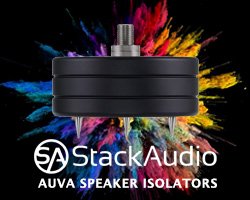



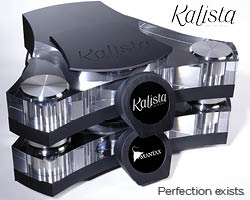

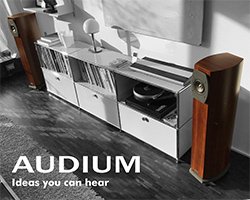



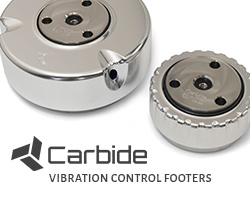



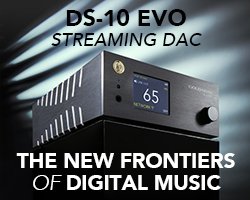
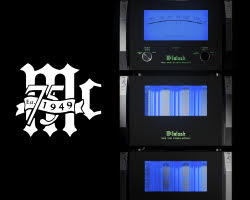

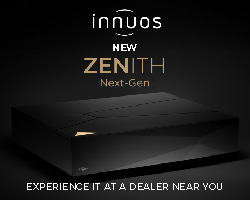



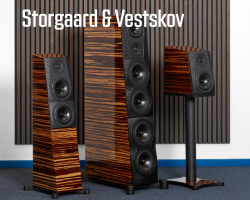
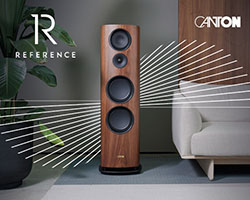
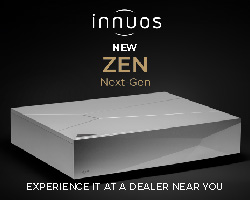

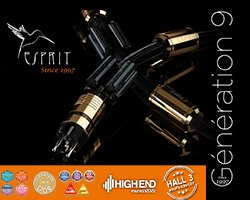
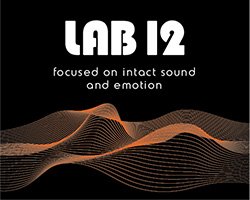
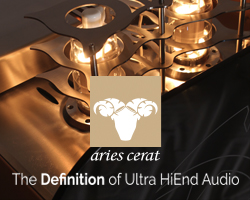

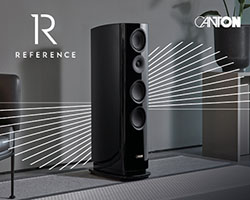


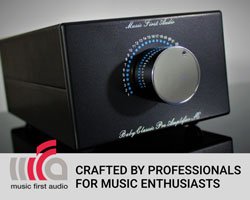

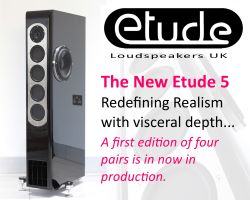




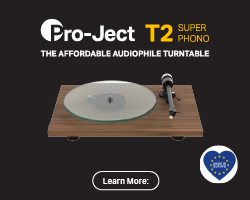

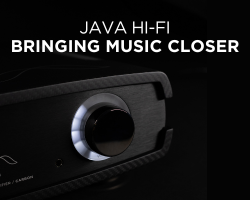
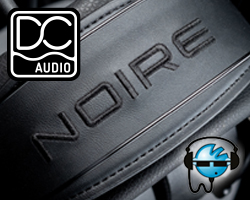





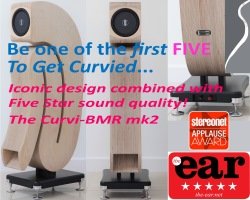


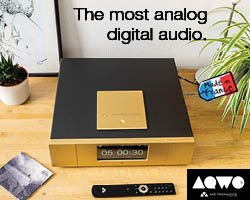

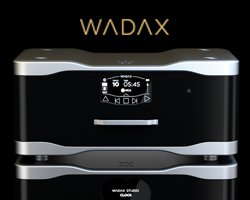
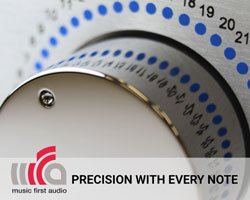












































You must be logged in to leave a reply.